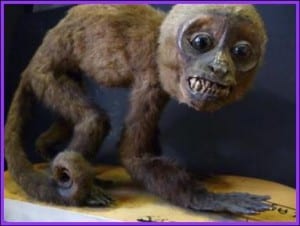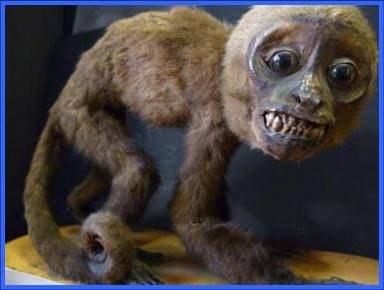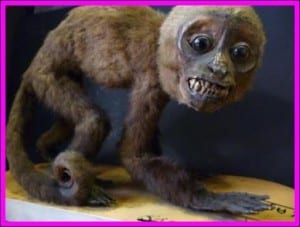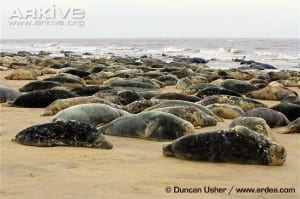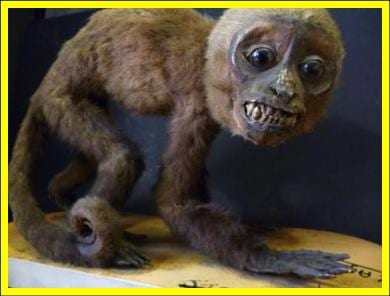18th Grant Lecturer: Anjali Goswami
By Dean W Veall, on 14 November 2014
Dean Veall here. On Tuesday this week Team Grant celebrated what would have been Robert Edmond Grant‘s 221st birthday in the a suitably zoological manner raising a glass of sparkling cider (non-alcoholic, of course!). The formal celebration of Grant’s life and his contribution to science is coming up next Tuesday 18th November with our annual Grant Lecture, now in its 18th year. This year we are incredibly excited and pleased to welcome Dr. Anjali Goswami, Reader of Palaeobiology at UCL, to give the lecture and the following is a bit of profile/preview of the her and her lecture.
Anjali Goswami’s research revolves around the contrasts between the early evolution of placental mammals (e.g. humans, cats and whales) and marsupials (e.g. kangaroos, wombats, opossums).
 Close
Close



